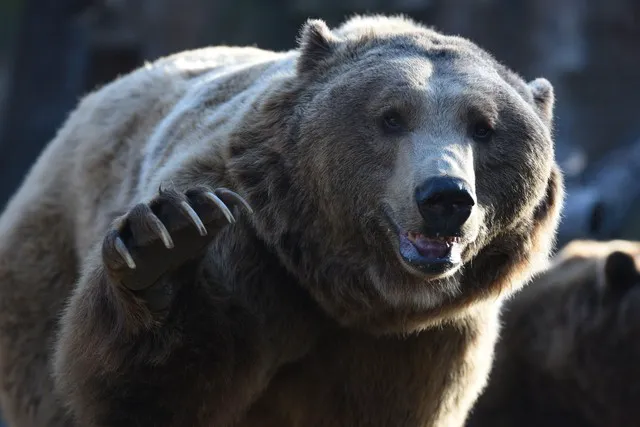An Evening with “The Revenant”
Just before dinner, my wife and I went to see “The Revenant,” a film we’d been eager to watch. The small theater, capable of holding perhaps a hundred people, was almost deserted. Besides us, there was only another couple in the back row.
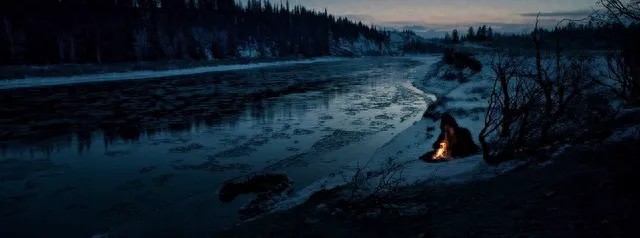
The emptiness of the theater mirrored the film’s desolate wilderness. The extensive use of wide-angle shots meticulously captured the stark beauty of the Rocky Mountains. I felt transported, as if I were there, breathing in the essence of the mountains and forests.
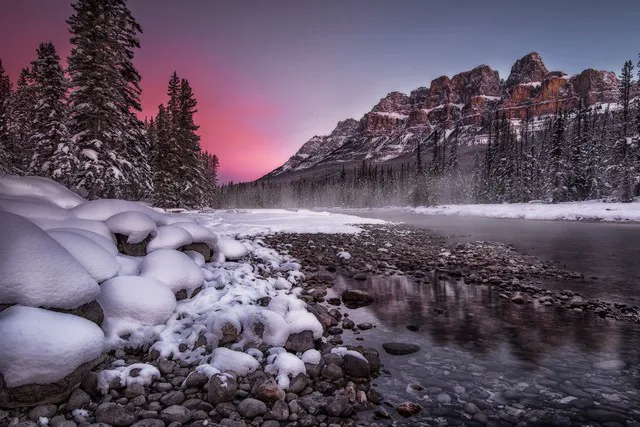
A Glimpse into the Wild
Barren landscapes, icy rivers, snow-covered forests, majestic snow-capped mountains, and biting winds. The Missouri River in the 19th century, flowing along the Rocky Mountains, was a truly savage place.
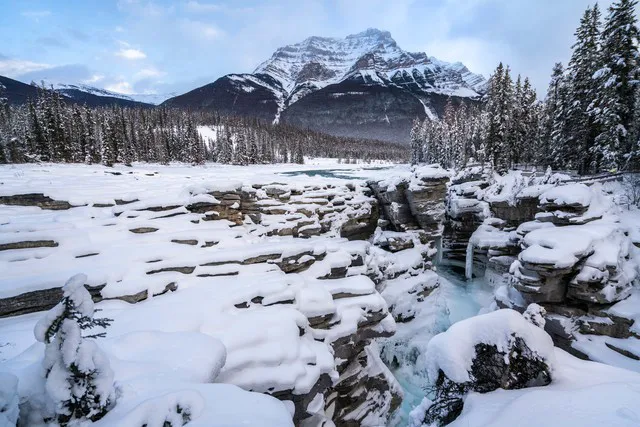
Here, civilization and savagery, survival and death clashed fiercely.
The Brutality of Survival
The film juxtaposed the brutality of primitive weaponry with the violence of modern firearms, creating a sense of dread and suffocation. The contrasting elements of human kindness and cruelty, honesty and deceit, were woven throughout the story, leaving a lingering sense of unease and sorrow.
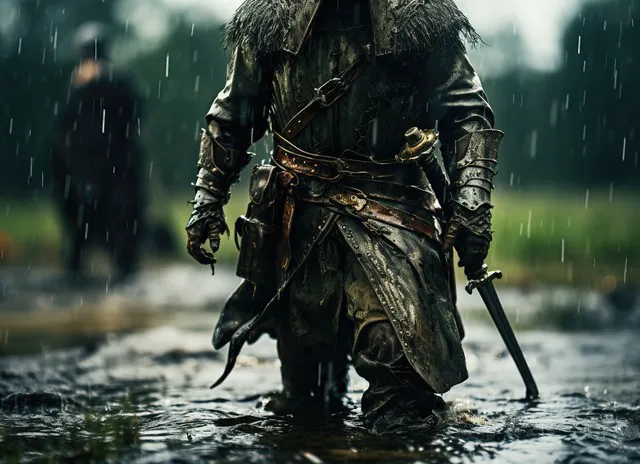
In such a cold, merciless, and tragic world, what sustains a person? I believe it’s spirit and will.
As the film ended, images flooded my mind: the ferocious grizzly bear, the near-death Glass, the frozen Hawk, and the body of the Pawnee man hanging from a tree, swaying in the wind.
